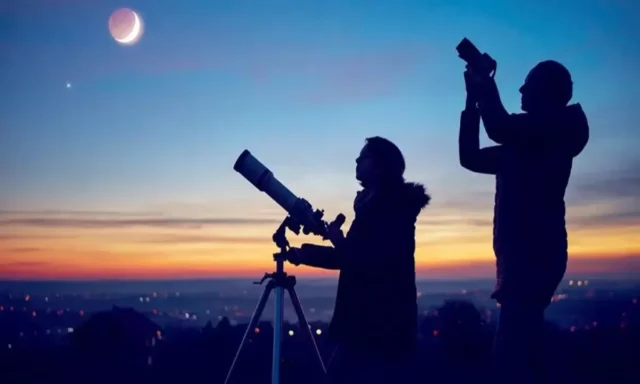Costa Rica is one of the countries where the total lunar eclipse was observed this Tuesday, November 8th. The partial phase started at 2:00 a.m. and the maximum of the total eclipse was almost at 5:00 a.m., as explained by the Cientec Foundation.
“For Costa Rica, the Moon sets at dawn when it is still in totality, but there was time to appreciate it as it partially entered the Earth’s shadow and then completely submerged with its reddish coloration,” the website states.
The next total lunar eclipse will occur on March 14th, 2025, although partial and penumbral lunar eclipses will continue to be seen during that time.
“A lunar eclipse occurs when the Sun, Earth, and Moon line up so that the Moon passes into Earth’s shadow. In a total lunar eclipse, the entire Moon falls within the darkest part of Earth’s shadow, called the umbra,” according to NASA.

Recommendations
Among the main recommendations of the experts to better appreciate the event, always is to locate in dark places and away from artificial lights of the city.
To observe an eclipse you do not need any special equipment, although binoculars or a telescope can enhance the view of the reddish color of the phenomenon.

